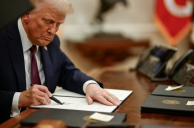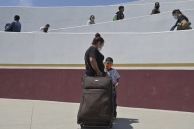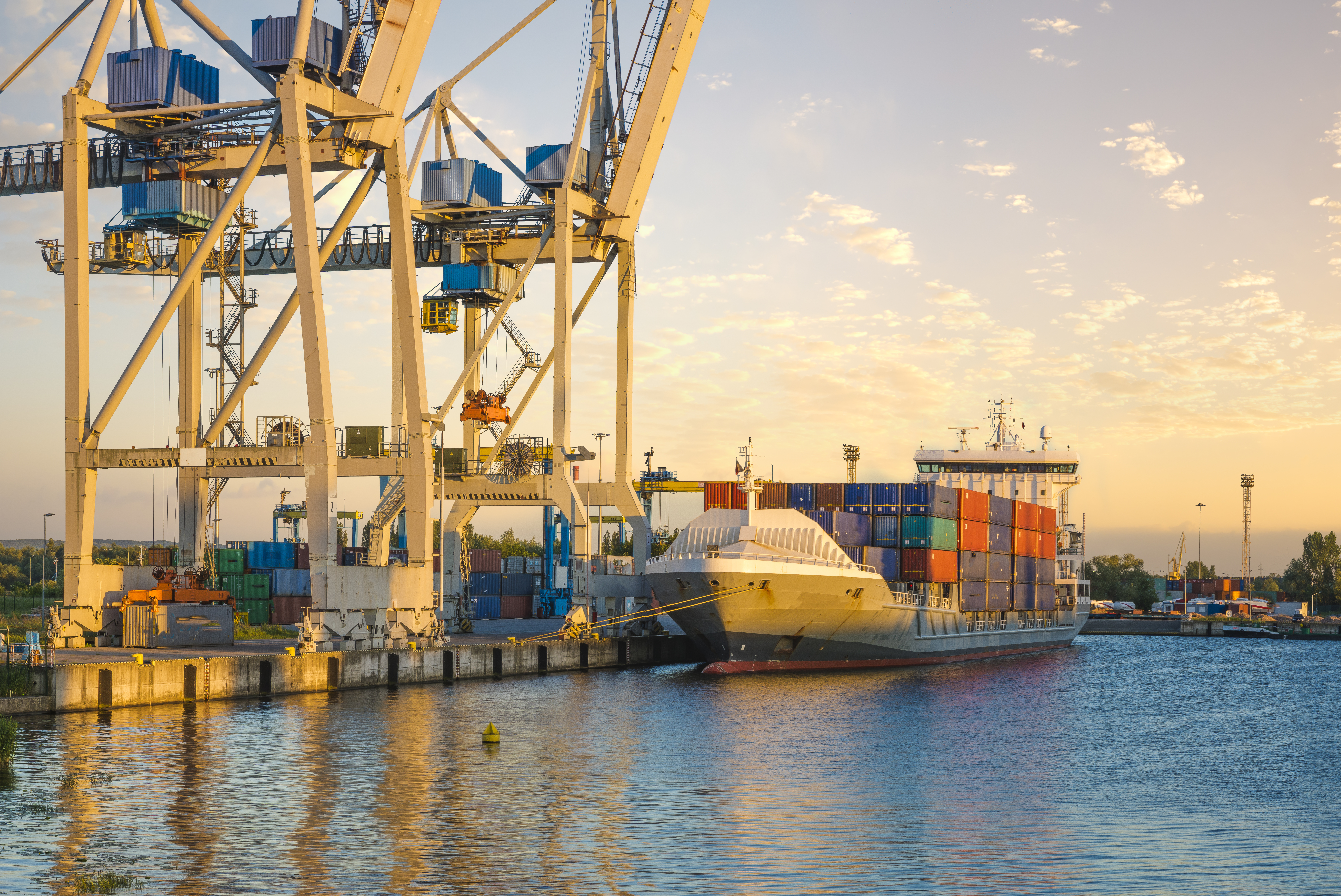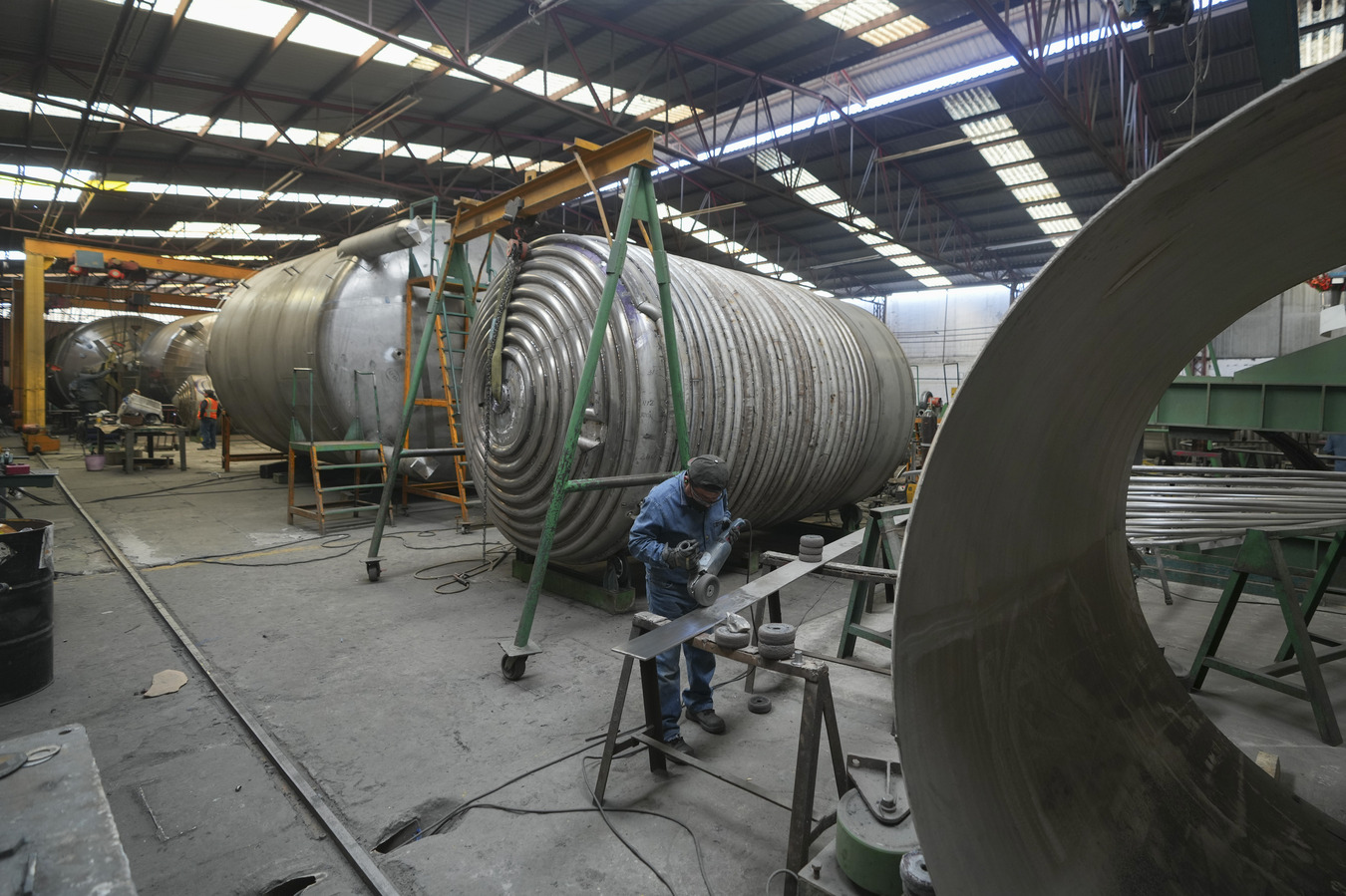Tracking Trump and Latin America: Migration—Federal Judge Stops End of CHNV Parole
Tracking Trump and Latin America: Migration—Federal Judge Stops End of CHNV Parole
The U.S. president is resurrecting first-term tactics and promising a more aggressive reduction in immigration. AS/COA is monitoring the regional impacts.
This piece was originally published on January 31, 2025. New content is regularly added.
With the declaration of a national emergency at the U.S. southern border and the classification of migration as “an invasion,” U.S. President Donald Trump made his focus on immigration clear on the first day of his second term, taking action on an issue that was a focal point in his 2024 presidential campaign. In that year, just about 15 percent of U.S. voters named migration as the most important issue facing their country, according to YouGov, second only to inflation.
No doubt, Trump’s migration policy over the next four years will touch upon Latin America and Latin Americans. Just over half of the U.S. foreign-born population comes from the region, according to 2023 census data—almost 24.5 million people. According to statistics from Pew Research Center, Latin Americans also make up around 77 percent of an estimated 11 million undocumented migrants in the United States.
During his first term (2017-2021), Trump passed policies that pressured Latin American governments to take more responsibility to deter migration and accept deportees. This term, Trump is resurrecting—or intensifying—several of those policies. And this time, Trump is also attempting to end birthright citizenship by reinterpreting the 14th Amendment and threatening a wider set of countries with punitive measures if they don’t comply with his requests around deportation.
AS/COA Online is monitoring Trump's government approach to migration. Learn about his most recent initiatives, as well as his campaign promises and how the policies of his second presidency are different from the actions he took in his first term.
AS/COA is tracking the U.S. president's actions toward the region, including on trade and migration.
The U.S. government named eight criminal groups FTOs—six from Mexico and two others associated with Venezuela and El Salvador.
The Miami Herald's Jacqueline Charles discussed efforts to combat the country’s insecurity.
What does the U.S. president's “America First” trade policy mean for the region? AS/COA is monitoring the new administration's approach.
Thousands of Venezuelans are expected to emigrate in the wake of July’s election fraud. What legal migration pathways exist in the region?
The U.S. president signed directives to militarize the border, consider designating cartels as terrorist groups, and cut foreign aid.
What are the U.S. presidential candidates’ records on the region? And how might they approach issues like immigration and trade if elected?
From Title 42 to TPS, learn about major U.S. policies affecting Latin American migrants and asylum seekers.
















